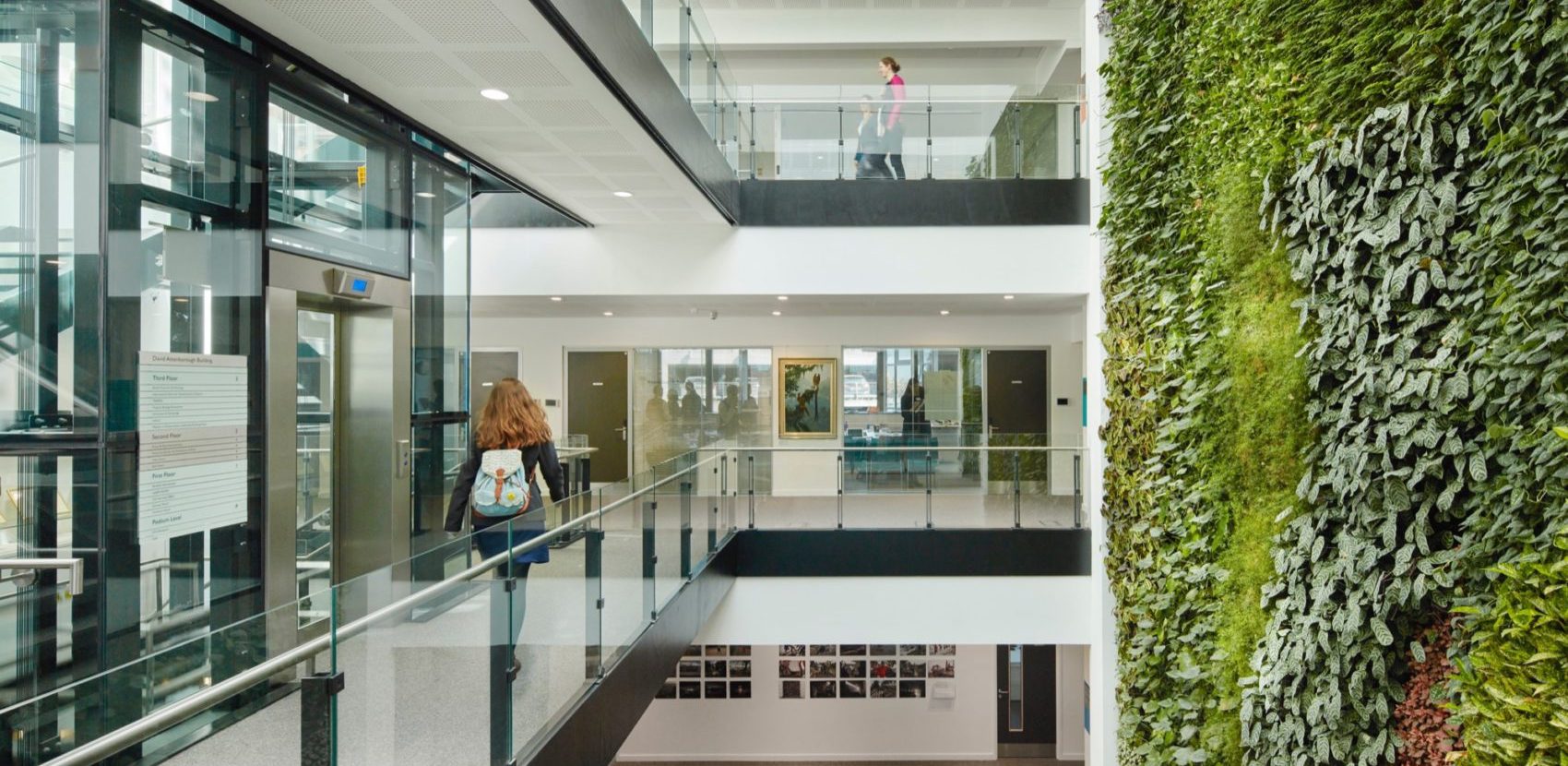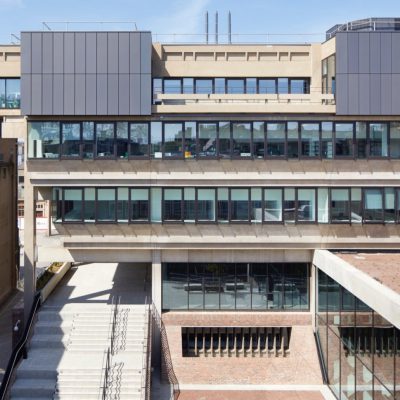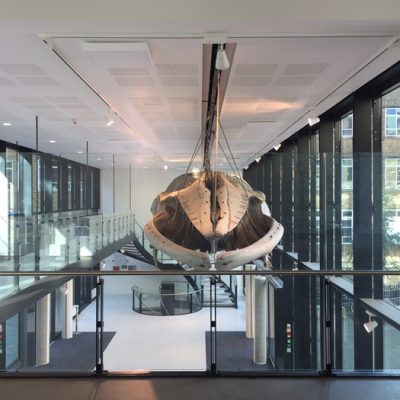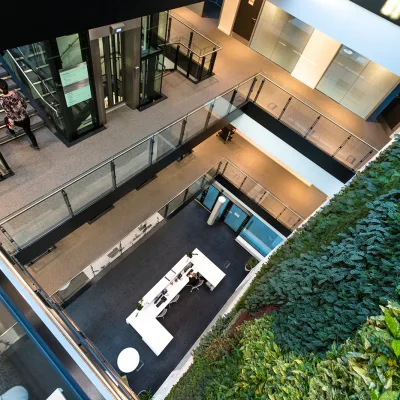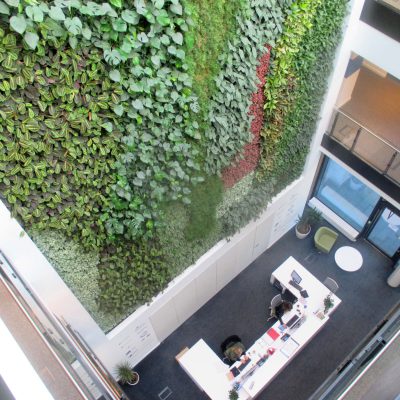A major refurbishment of an iconic landmark in the heart of Cambridge – the old Arup Tower project is the result of a collaboration between the University of Cambridge and the Museum of Zoology to reinvigorate and expand a well-known and well-loved building.
Following its regeneration, and renaming – the Sir David Attenborough Building, as it is now known, has become a focal point for research and practice, helping transform the understanding and conservation of biodiversity.
Key Data
Architect:
Nicholas Hare Architects
Client:
University of Cambridge
Engineer:
AECOM
Main Contractor:
KIER
Installer:
SCL
Steel Framing Systems Supplier:
EOS
Materials / Type of System:
Stud & Track
EOS INVOLVEMENT
Whilst the building retained the original 500-seat lecture hall and a proportion of the upstairs laboratories, this renovation has allowed for the building to function in other capacities. The project provided a significant extension of the Museum of Zoology, including a space for the museum’s beloved finback whale skeleton at its entrance, and has become the new home for the Cambridge Conservation Initiative.
EOS provided SFS (Structural Framing System) infill throughout the main building and the museum’s striking whale skeleton enclosure. In addition to this, EOS also custom manufactured a variety of ancillary features and steel solutions depending on their location within the building.
For the impressive “Living Wall,” EOS created a 17 metre tall structure, stretching the three storeys of the internal atrium, to support the plants and mosses that would be planted upon it. Bespoke oversail bracketry and lattices were also installed vertically up the 17 metre height to assist the growth.
To provide effective rainscreen cladding support, EOS utilised their vertical stud SFS with horizontal noggins for both major and minor bay support walls. The cladding required multiple co-ordinated fixing points, so walls were introduced that had lots of vertical stud, and horizontal noggins elements. The major bay supports used horizontal noggins at 600mm vertical centres, whilst the minor bay supports used 750mm vertical centres in addition to hot rolled steel and chemical anchors – fashioned by EOS.
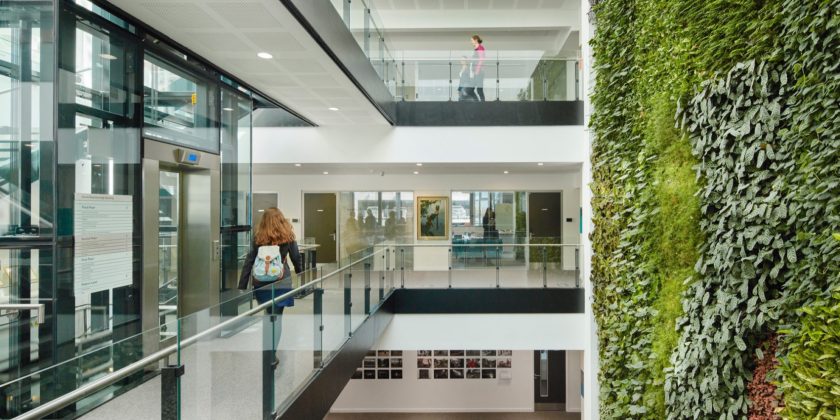
POSITIVE OUTCOMES
Throughout this project considerable challenges were faced. The refurbishment of the existing building framework led to large tolerances and unexpected site issues, however, through regular site inspection, quality assessment checks, as well as consistent onsite assistance and site investigation by EOS, solutions were quickly and effectively implemented. This ensured that the project was able to be completed efficiently whilst maintaining a high standard and without affecting the time frame for the refurbishment.
EOS were proud to have been involved in such a prestigious project and to have been able to provide solutions for the challenges that were faced during the refurbishment.
